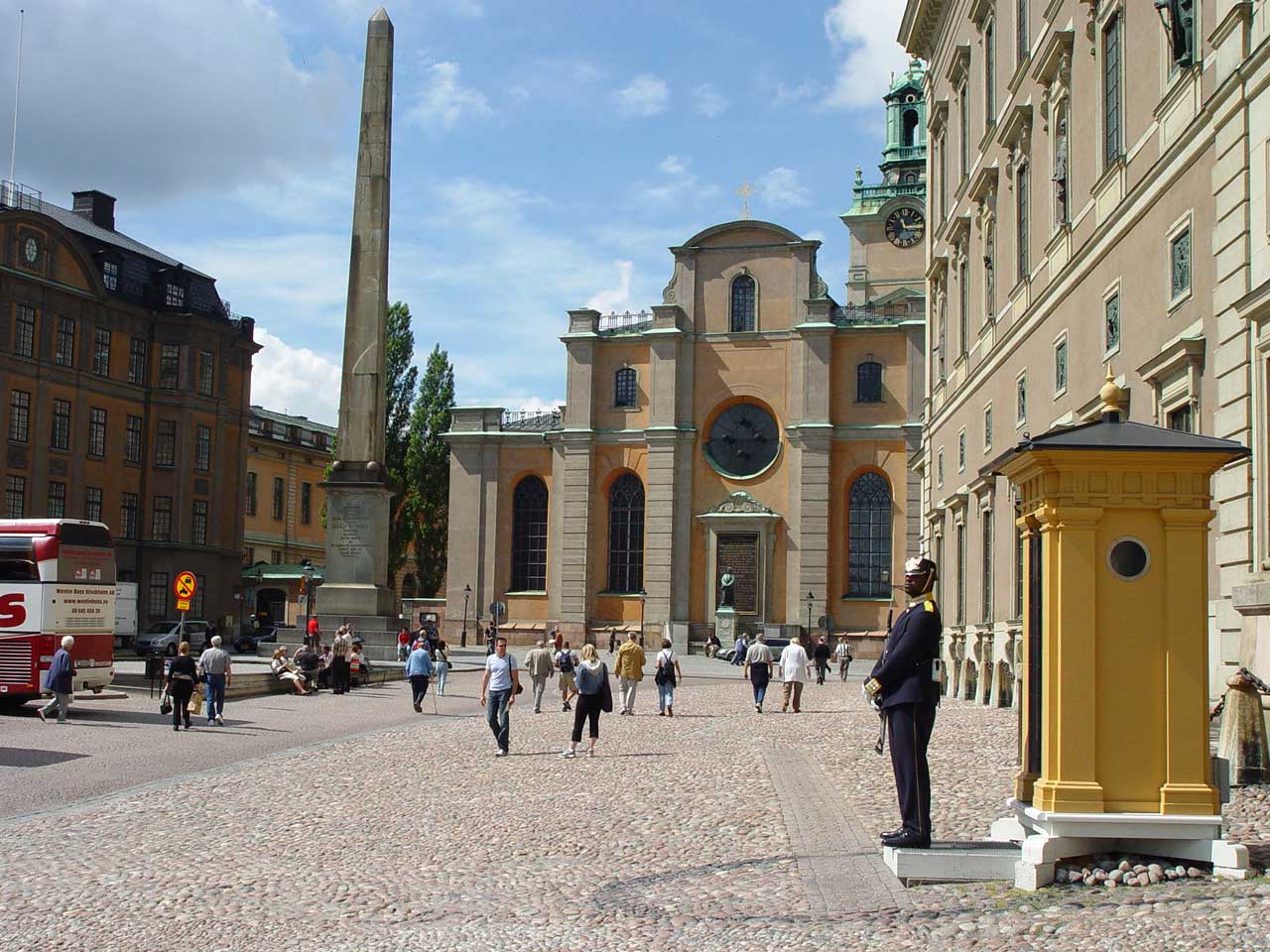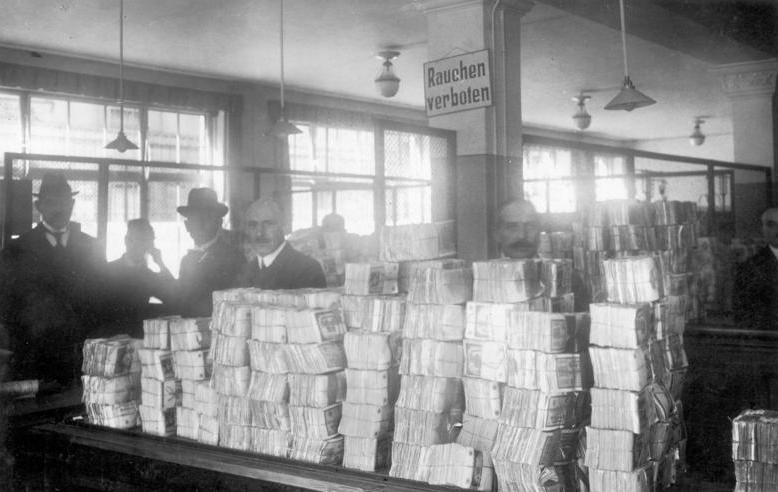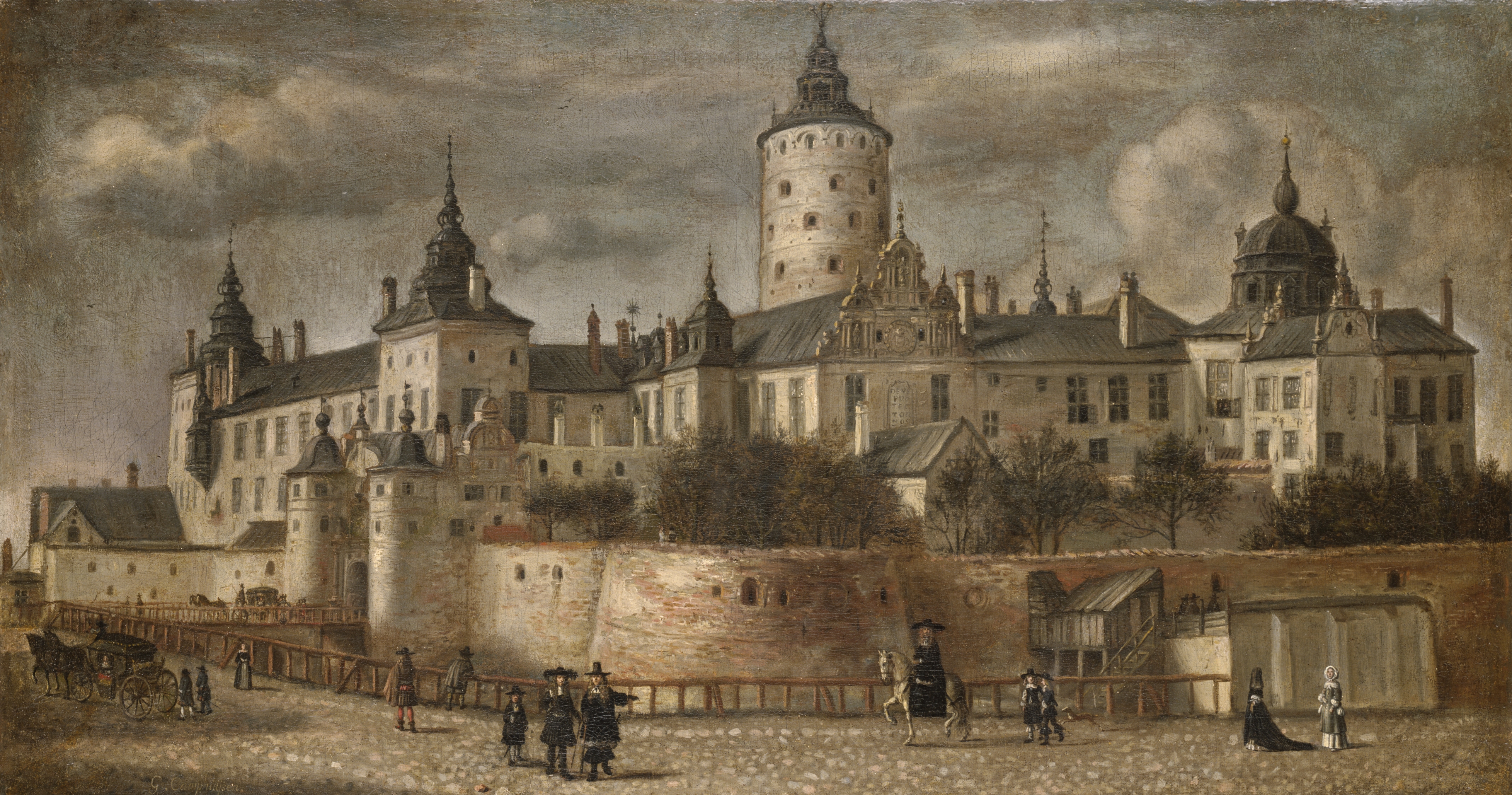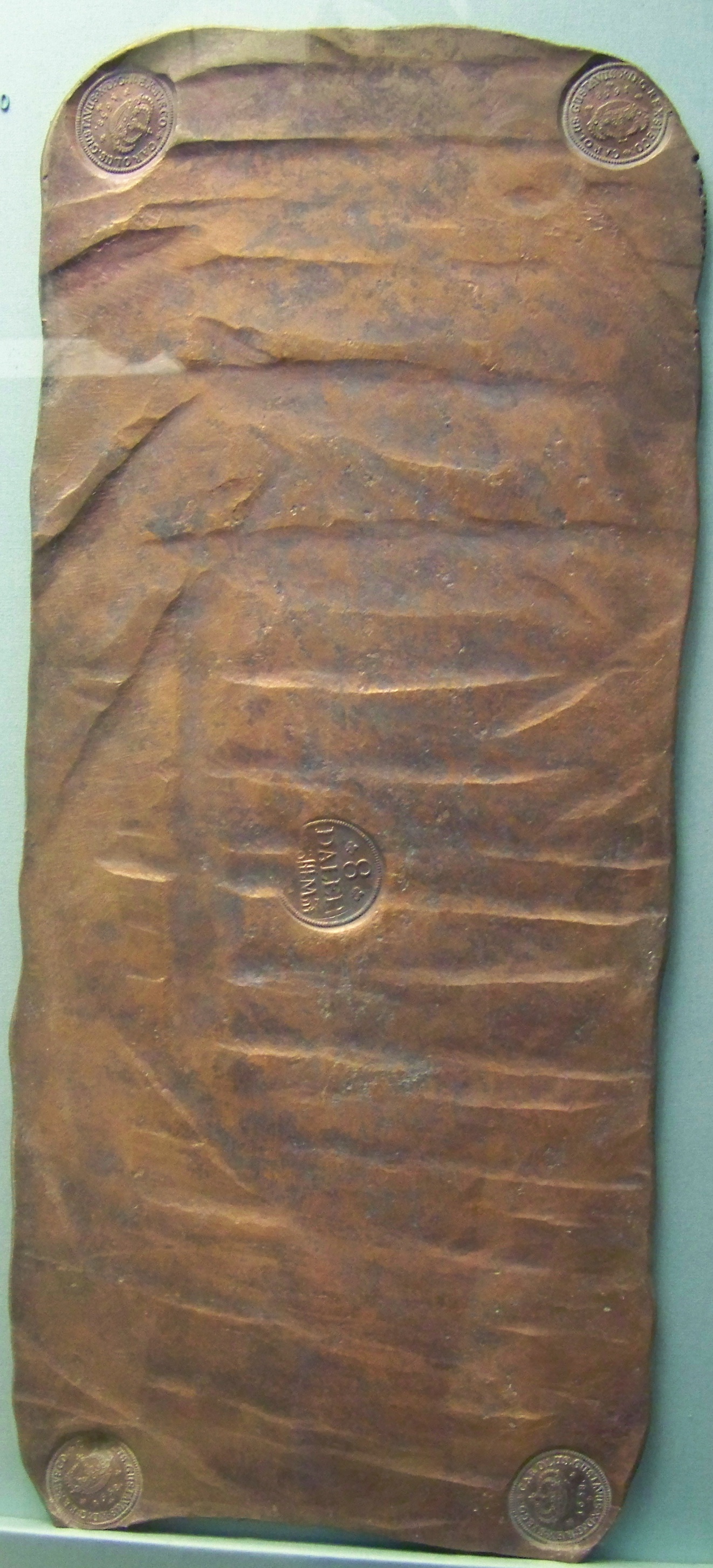|
Royal Coin Cabinet
The Economy Museum - Royal Coin Cabinet ( sv, Ekonomiska museet - Kungliga Myntkabinettet) is a museum in central Stockholm, Sweden, dedicated to the history of money and economic history in general. Function The Economy Museum is an institution with a national responsibility for the conservation and the historical studies of coins, medals, and finance in general. Through expositions, the institution offers insights in the economical history of the world; by lending objects from its collection to researchers and expositions all over the world, it helps develop the knowledge within its scope; and by maintaining a national register of coin hoards, it is of great importance to scholars in Sweden. Over the portal is a piece of art by Elisabeth Ekstrand from 1996 called ''Vattenporfyrlek'' ("Water Porphyry Game") made of porphyry and marble. The museum includes exhibitions of coins, banknotes (the first in the world was issued in 1661 by Stockholms Banco), treasure hoards and p ... [...More Info...] [...Related Items...] OR: [Wikipedia] [Google] [Baidu] |
Museum
A museum ( ; plural museums or, rarely, musea) is a building or institution that cares for and displays a collection of artifacts and other objects of artistic, cultural, historical History (derived ) is the systematic study and the documentation of the human activity. The time period of event before the invention of writing systems is considered prehistory. "History" is an umbrella term comprising past events as well ..., or science, scientific importance. Many public museums make these items available for public viewing through display case, exhibits that may be permanent or temporary. The largest museums are located in major cities throughout the world, while thousands of local museums exist in smaller cities, towns, and rural areas. Museums have varying aims, ranging from the conservation and documentation of their collection, serving researchers and specialists, to catering to the general public. The goal of serving researchers is not only scientific, but int ... [...More Info...] [...Related Items...] OR: [Wikipedia] [Google] [Baidu] |
Slottsbacken
Slottsbacken (, "Castle Slope") is a street in Gamla stan, the old town in central Stockholm, Sweden. It stretches east from the Stockholm Cathedral and the Royal Palace down to the street Skeppsbron which passes along the eastern waterfront of the old town. In the western end, the alley Källargränd leads south to the square Stortorget, while Storkyrkobrinken extends Slottsbacken west beyond the cathedral and Högvaktsterrassen, down to the square Riddarhustorget. On the southern side of Slottsbacken, three alleys connect to the interior throng of the old town: On either side of the Tessin Palace are Finska Kyrkogränd and Bollhusgränd, while Österlånggatan begins in the low-lying eastern part of the slope. History The street, named after the vicinity to the Royal Palace, first appears in historical records during the second half of the 15th century (1476, ''stalbakkan'', "Stable Slope"; 1478, ''Slotz bakkan''), and from early on the name designated not only the ... [...More Info...] [...Related Items...] OR: [Wikipedia] [Google] [Baidu] |
National Museums Of Sweden
National may refer to: Common uses * Nation or country ** Nationality – a ''national'' is a person who is subject to a nation, regardless of whether the person has full rights as a citizen Places in the United States * National, Maryland, census-designated place * National, Nevada, ghost town * National, Utah, ghost town * National, West Virginia, unincorporated community Commerce * National (brand), a brand name of electronic goods from Panasonic * National Benzole (or simply known as National), former petrol station chain in the UK, merged with BP * National Car Rental, an American rental car company * National Energy Systems, a former name of Eco Marine Power * National Entertainment Commission, a former name of the Media Rating Council * National Motor Vehicle Company, Indianapolis, Indiana, USA 1900-1924 * National Supermarkets, a defunct American grocery store chain * National String Instrument Corporation, a guitar company formed to manufacture the first reso ... [...More Info...] [...Related Items...] OR: [Wikipedia] [Google] [Baidu] |
Museums In Stockholm
Stockholm () is the capital and most populous city of Sweden as well as the largest urban area in the Nordic countries. Approximately 1 million people live in the municipality, with 1.6 million in the urban area, and 2.4 million in the metropolitan area. The city stretches across fourteen islands where Lake Mälaren flows into the Baltic Sea. Outside the city to the east, and along the coast, is the island chain of the Stockholm archipelago. The area has been settled since the Stone Age, in the 6th millennium BC, and was founded as a city in 1252 by Swedish statesman Birger Jarl. The city serves as the county seat of Stockholm County. Stockholm is the cultural, media, political, and economic centre of Sweden. The Stockholm region alone accounts for over a third of the country's GDP, and is among the top 10 regions in Europe by GDP per capita. Considered a global city, it is the largest in Scandinavia and the main centre for corporate headquarters in the ... [...More Info...] [...Related Items...] OR: [Wikipedia] [Google] [Baidu] |
List Of Museums In Stockholm
The following is a list of museums in and around Stockholm. Art * Artipelag * Millesgården * Milliken Gallery *Moderna Museet * Museum of Far Eastern Antiquities *National Gallery * Sven-Harrys Konstmuseum * Swedish Centre for Architecture and Design * Swedish Museum of Performing Arts *Tensta Konsthall *Thiel Gallery * Waldemarsudde History * Economy Museum - Royal Coin Cabinet * Museum of Medieval Stockholm * Medelhavsmuseet * Skansen * Museum of Ethnography, Sweden * Swedish History Museum * Stockholm County Museum * Stockholm City Museum * Livrustkammaren * Swedish Army Museum * The Maritime Museum * Nordic Museum * Vasa Museum * Jewish Museum in Stockhholm * The Viking Museum Science, technology *Nobel Prize Museum * Stockholm Observatory *Stockholm Tramway Museum * Biological museum * Swedish National Museum of Science and Technology * Swedish Museum of Natural History People *Hallwyl Museum * Strindberg Museum * ABBA: The Museum *Avicii Experience Other * Museu ... [...More Info...] [...Related Items...] OR: [Wikipedia] [Google] [Baidu] |
Nobel Prize
The Nobel Prizes ( ; sv, Nobelpriset ; no, Nobelprisen ) are five separate prizes that, according to Alfred Nobel's will of 1895, are awarded to "those who, during the preceding year, have conferred the greatest benefit to humankind." Alfred Nobel was a Swedish chemist, engineer, and industrialist most famously known for the invention of dynamite. He died in 1896. In his will, he bequeathed all of his "remaining realisable assets" to be used to establish five prizes which became known as "Nobel Prizes." Nobel Prizes were first awarded in 1901. Nobel Prizes are awarded in the fields of Physics, Chemistry, Physiology or Medicine, Literature, and Peace (Nobel characterized the Peace Prize as "to the person who has done the most or best to advance fellowship among nations, the abolition or reduction of standing armies, and the establishment and promotion of peace congresses"). In 1968, Sveriges Riksbank (Sweden's central bank) funded the establishment of the Prize in Econom ... [...More Info...] [...Related Items...] OR: [Wikipedia] [Google] [Baidu] |
Inflation In The Weimar Republic
Hyperinflation affected the German Papiermark, the currency of the Weimar Republic, between 1921 and 1923, primarily in 1923. It caused considerable internal political instability in the country, the occupation of the Ruhr by France and Belgium, and misery for the general populace. Background To pay for the large costs of the ongoing First World War, Germany suspended the gold standard (the convertibility of its currency to gold) when the war broke out. Unlike France, which imposed its first income tax to pay for the war, German Emperor Wilhelm II and the Reichstag decided unanimously to fund the war entirely by borrowing. The government believed that it would be able to pay off the debt by winning the war and imposing war reparations on the defeated Allies. This was to be done by annexing resource-rich industrial territory in the west and east and imposing cash payments to Germany, similar to the French indemnity that followed German victory over France in 1870.Evans, ... [...More Info...] [...Related Items...] OR: [Wikipedia] [Google] [Baidu] |
Weimar Republic
The German Reich, commonly referred to as the Weimar Republic,, was a historical period of Germany from 9 November 1918 to 23 March 1933, during which it was a constitutional federal republic for the first time in history; hence it is also referred to, and unofficially proclaimed itself, as the German Republic. The period's informal name is derived from the city of Weimar, which hosted the constituent assembly that established its government. In English, the republic was usually simply called "Germany", with "Weimar Republic" (a term introduced by Adolf Hitler in 1929) not commonly used until the 1930s. After the end of the First World War (1914–1918), Germany was exhausted and sued for peace in desperate circumstances. Awareness of imminent defeat sparked a revolution, the abdication of Kaiser Wilhelm II, formal surrender to the Allies, and the proclamation of the Weimar Republic on 9 November 1918. In its initial years, grave problems beset the Republic, such as h ... [...More Info...] [...Related Items...] OR: [Wikipedia] [Google] [Baidu] |
Christina Of Sweden
Christina ( sv, Kristina, 18 December ( New Style) 1626 – 19 April 1689), a member of the House of Vasa, was Queen of Sweden in her own right from 1632 until her abdication in 1654. She succeeded her father Gustavus Adolphus upon his death at the Battle of Lützen (1632), Battle of Lützen in 1632, but began ruling the Swedish Empire when she reached the age of eighteen in 1644. The Swedish queen is remembered as one of the most learned women of the 17th century. She was fond of books, manuscripts, paintings, and sculptures. With her interest in religion, philosophy, mathematics, and alchemy, she attracted many scientists to Stockholm, wanting the city to become the "Athens of the North". The Peace of Westphalia allowed her to establish an academy or university when and wherever she wanted. In 1644, she began issuing copper in lumps as large as fifteen kilograms to serve as currency. Christina's financial extravagance brought the state to the verge of bankruptcy, and t ... [...More Info...] [...Related Items...] OR: [Wikipedia] [Google] [Baidu] |
History Of Copper Currency In Sweden
The Swedish Empire had the greatest and most numerous copper mines in Europe as it entered into its pre-eminence in the early 17th century as an emerging Great Power. Through poor fiscal policies and in part the First Treaty of Älvsborg, Sweden lost control of its reserves of precious metals, primarily silver, of which most had fled to the burgeoning trade economy of Amsterdam. In 1607 the Swedish King Charles IX attempted to persuade the populace to exchange their silver-based currency for a copper-based coin of equal face value, though this offer was not generally taken up. Sweden's large army of the time were paid entirely in copper currency, further issued in large numbers by Gustavus II to finance his war against Ferdinand II of Germany. The face value of the copper coins in circulation now greatly exceeded the reserves of the state and production of the national economy, and quickly the value of the currency fell to its commodity value, which in a country where copper w ... [...More Info...] [...Related Items...] OR: [Wikipedia] [Google] [Baidu] |
Statute Of Limitations
A statute of limitations, known in civil law systems as a prescriptive period, is a law passed by a legislative body to set the maximum time after an event within which legal proceedings may be initiated. ("Time for commencing proceedings") In most jurisdictions, such periods exist for both criminal law and civil law such as contract law and property law, though often under different names and with varying details. When the time which is specified in a statute of limitations runs out, a claim might no longer be filed or, if it is filed, it may be subject to dismissal if the defense against that claim is raised that the claim is time-barred as having been filed after the statutory limitations period. When a statute of limitations expires in a criminal case, the courts no longer have jurisdiction. Most common crimes that have statutes of limitations are distinguished from particularly serious crimes because the latter claims may be brought at any time. In civil law systems, s ... [...More Info...] [...Related Items...] OR: [Wikipedia] [Google] [Baidu] |
Museum Of Gothenburg
The Museum of Gothenburg ( sv, Göteborgs stadsmuseum) is a local history museum located in the city centre of Gothenburg in western Sweden. It is located in the East India House ( sv, Ostindiska huset), originally built as the Swedish East India Company offices in 1762. The city museum was established in 1861. The City Museum is a cultural history museum. It displays Gothenburg and West Sweden's history, from the Viking Age to the present day. There is a permanent exhibition about the Swedish East India Company. History The museum was founded in the East India House in 1861. Modelled on the Victoria and Albert Museum in London, it initially comprised natural history, art and books and covered art, science and industry. Its founders were Sven Adolf Hedlund, AF Ericsson, August Malm and Victor von Gegerfelt. The merchant John West Wilson paid for a fourth wing which opened in May 1891 shortly after his death. At the time of the Gothenburg Exhibition in 1923 the city's collect ... [...More Info...] [...Related Items...] OR: [Wikipedia] [Google] [Baidu] |





